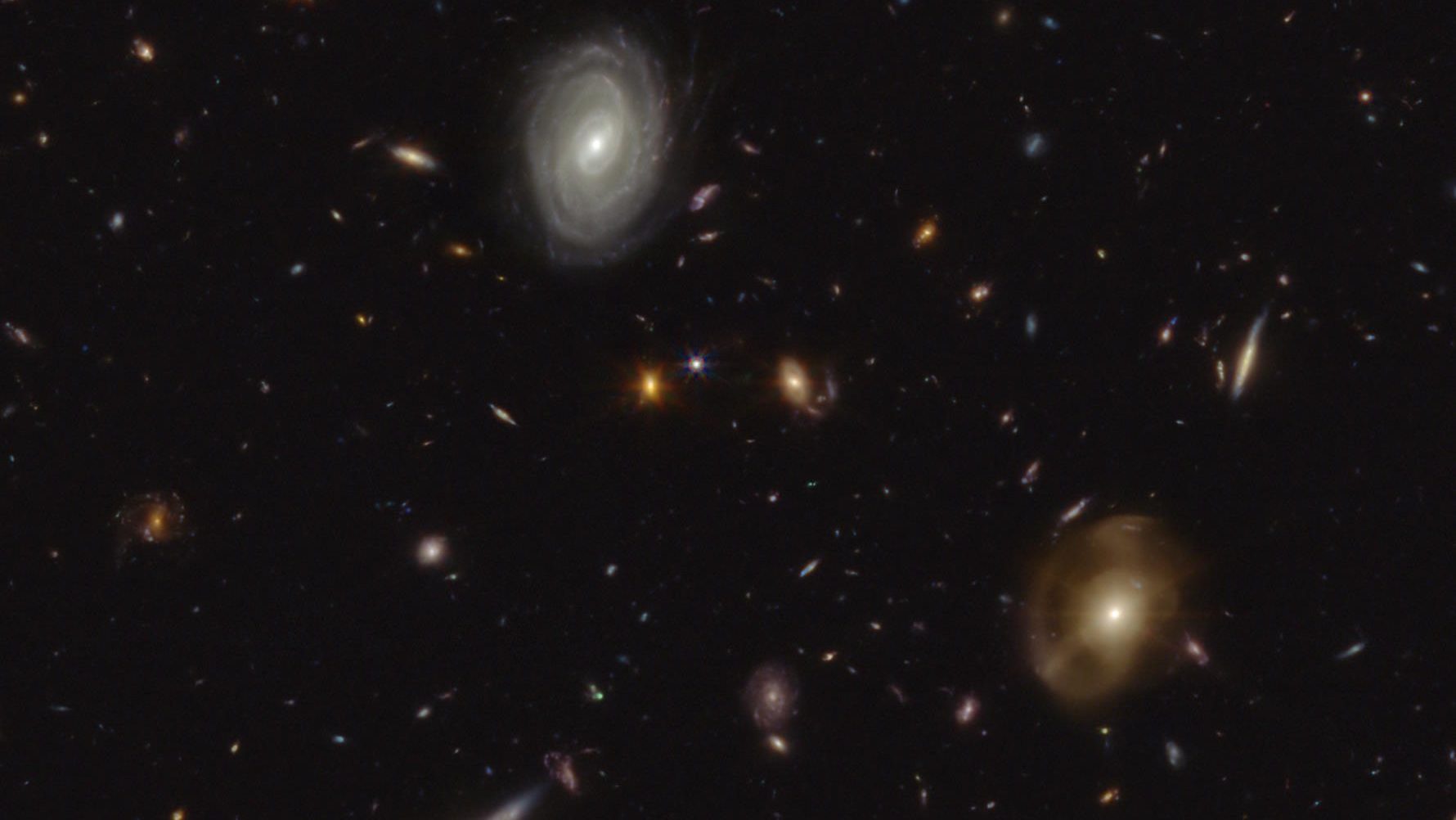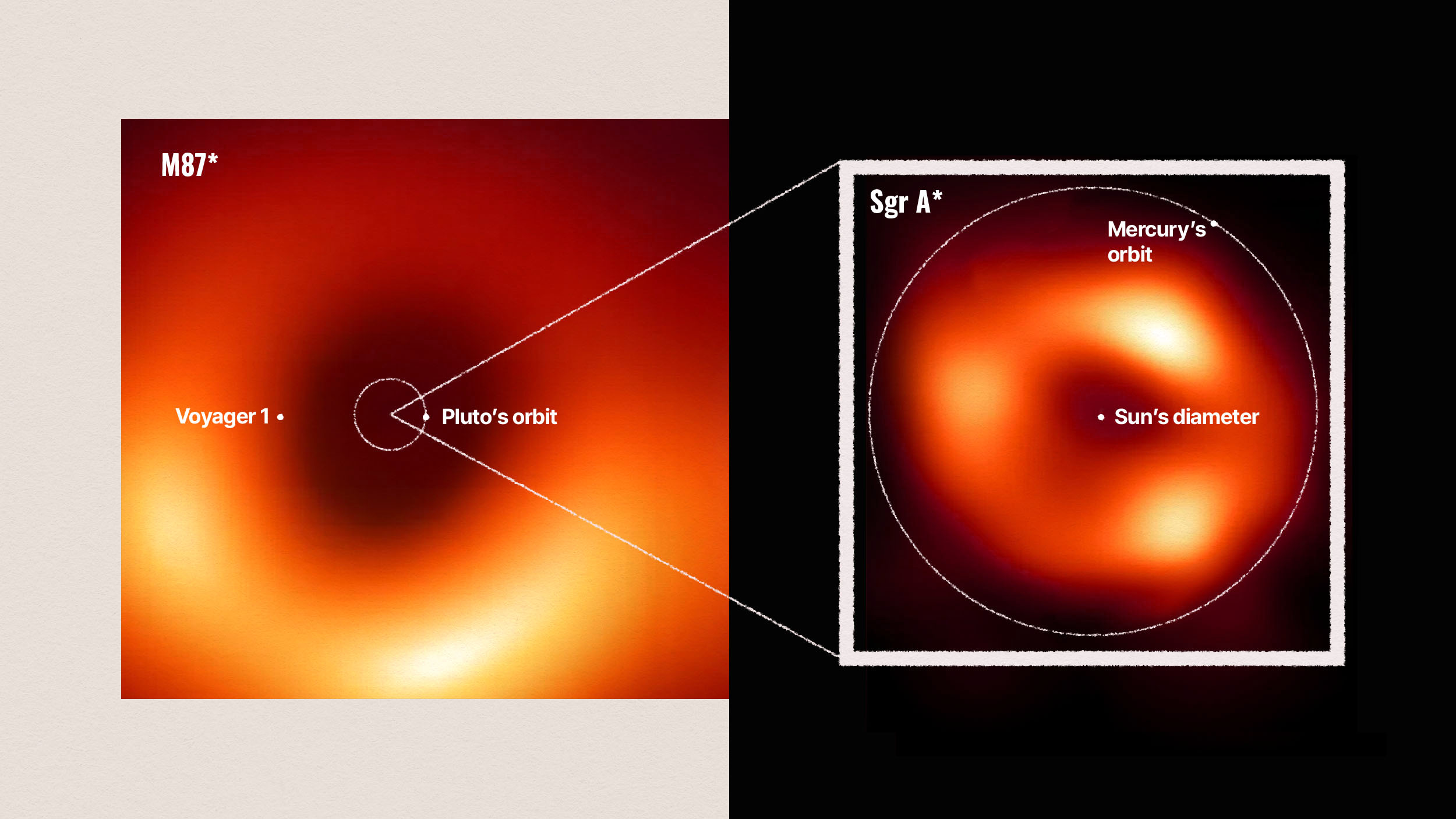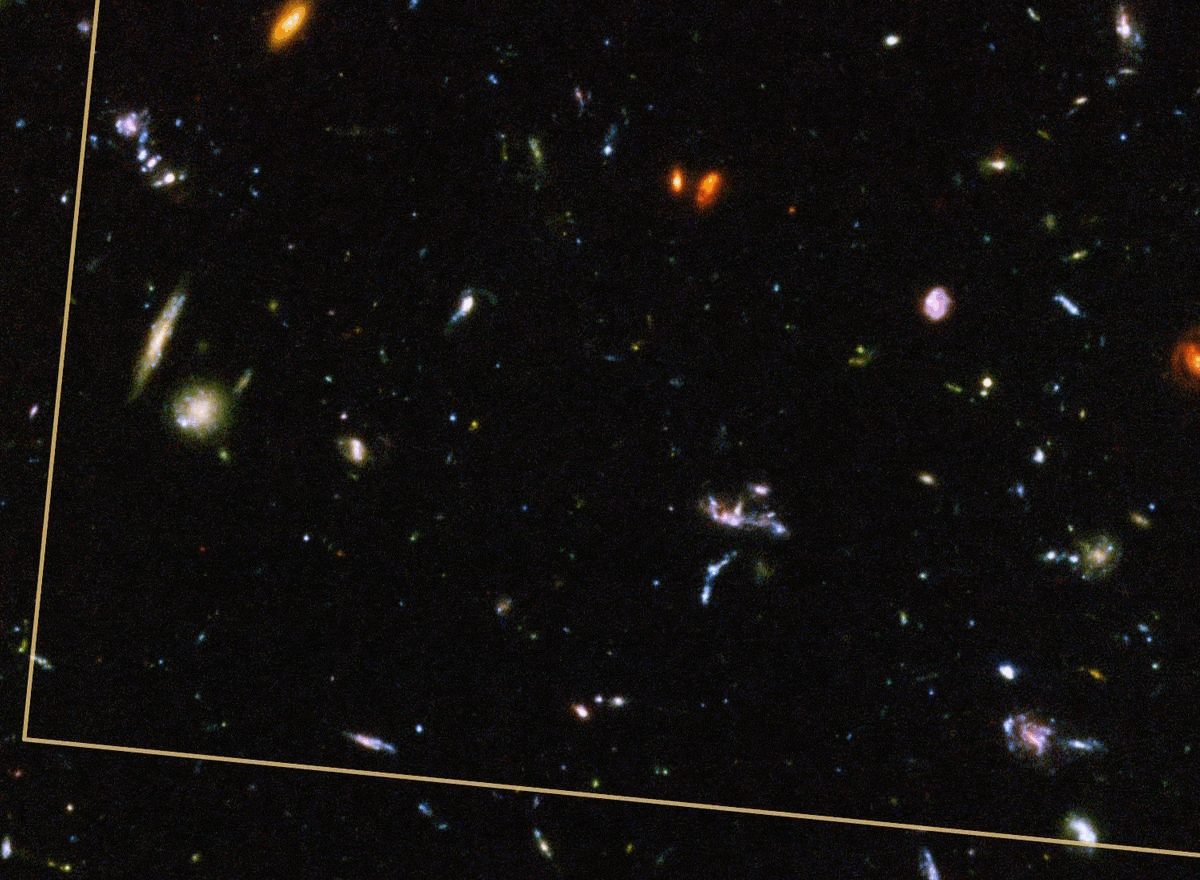Ask Ethan: Has a new study disproven dark matter and dark energy?
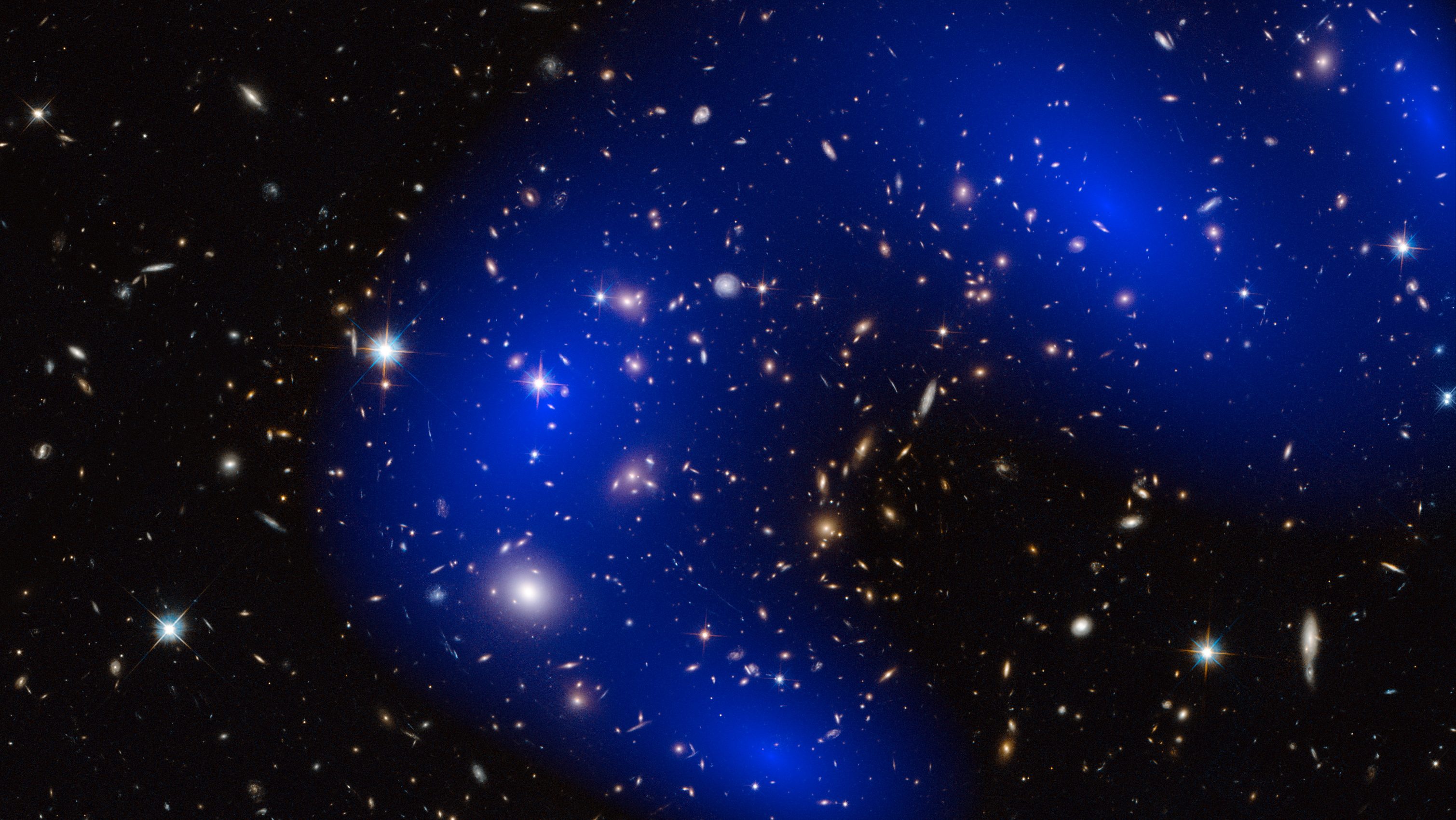
- Like clockwork, every few weeks a new study comes out claiming to overturn a cosmological cornerstone: there's no Big Bang, dark matter or dark energy doesn't exist, the age of the Universe is wrong, etc.
- While all of these claims routinely make a splash in the popular media, they hardly ever garner attention among the community of scientists who study these phenomena, and for good reason.
- Theorists need room to explore new ideas or resurrect old ideas, even if they're in severe conflict with what we already know. It's how theories develop, but let's not fool ourselves into believing them prematurely.
Perhaps the pinnacle of scientific achievement is the fact that, at a fundamental level, from subatomic scales up to the largest cosmic ones, humanity has come to understand the Universe more completely and comprehensively than ever before. The Standard Model of particle physics accounts for the interactions, presence and properties of normal matter and radiation in the Universe, including atoms, ions, light, and neutrinos, while general relativity accounts for gravitation. Cosmically, the Big Bang plus the ingredients of inflation, dark matter, and dark energy explain the Universe’s evolution and structure, allowing us to piece together the most powerful explanatory picture of our cosmos ever concocted.
But you wouldn’t know it by reading the news about science these days. You’d think that dark matter, dark energy, and inflation were all ad hoc fixes that were destined to be wrong, that astronomy discoveries about distant galaxies, cosmic expansion, and black holes have demonstrated that our view of the Universe is fundamentally broken, and that new scientific discoveries continuously disprove our concordance picture. Referring to just one among a myriad of recent similar claims, I received a letter from Gonzalo Martin, who wants to know:
“What about this… new study, where no cosmological law has been breached to declare that dark matter and dark energy (if I recall correctly) do not exist? I’m puzzled now and need comforting.”
The study, like many of its kind, claims that dark matter has been debunked and the Universe is twice as old as we presently think. Rather than focus on the specific claim made here (although it’s just further development along the line of thought that this paper, which I thoroughly analyzed last year, previously made), it’s more instructive to show you how theoretical physics works, and what articles making claims such as these are really saying.
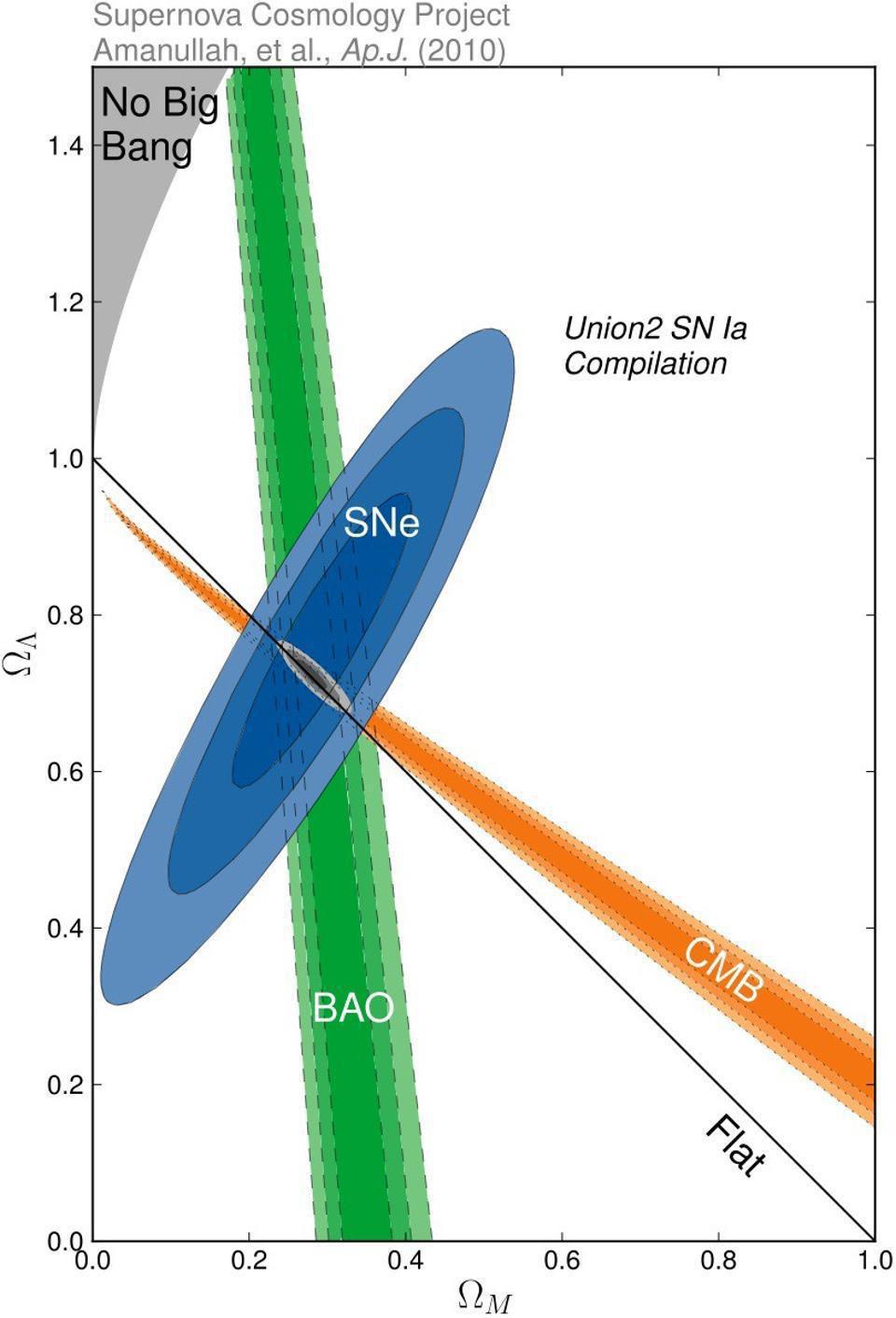
The null hypothesis
The first fact everyone must understand is this: we haven’t arrived at our current, modern, concordance picture of the Universe lightly. There are a plethora of independent lines of evidence that all point to the same picture of reality, from the full suite of all experiments, measurements, and observations ever collected by all of humanity. There are dozens of independent tests of general relativity and thousands of measurements in nuclear and particle physics that confirm the validity of our picture of the four fundamental forces. There are incredible constraints on alternatives: from the laboratory to the solar system to galaxies and the Universe far beyond them.
There are more than a dozen different ways, for example, to measure the distances to cosmic objects, all of them consistent with one another over their range of applicability. There are all sorts of pieces of evidence one can look at cosmologically to test gravitation, the expanding Universe, and the Big Bang. What’s remarkable about our consensus picture, where we have the Standard Model plus general relativity governing a Universe that:
- is made of normal matter, radiation, neutrinos, dark matter, and dark energy,
- is dominated by matter and not antimatter,
- that began when cosmic inflation ended and triggered the hot big Bang,
is that so many independent lines of evidence are all consistent with it.
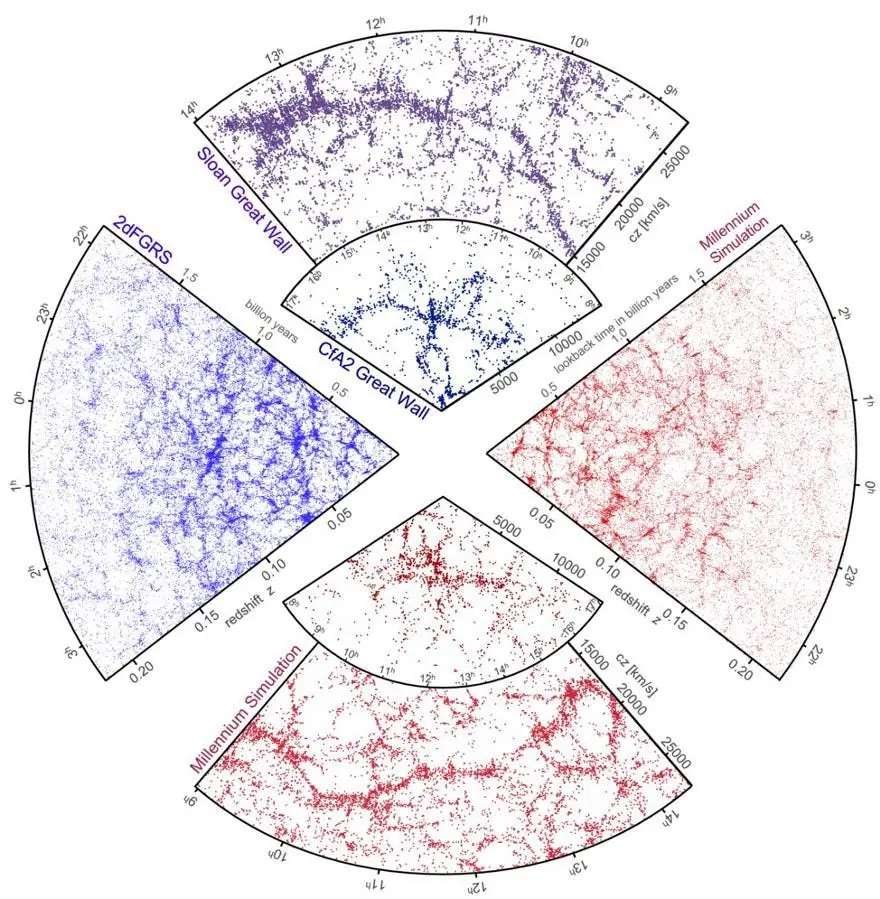
Alternatives
In order to supersede a current line of scientific thinking, or to supplant the leading theory with an alternative, there are generally three hurdles that need to be cleared. They are as follows.
- You must, with your new theory, reproduce all of the pre-existing successes of the old theory.
- You must, as motivation for your new theory, successfully explain something that the prevailing theory either fails to explain or is agnostic about (i.e., has no explanation for).
- And then, as the critical test, your new theory must make novel predictions about a yet-unmeasured phenomenon that differ from the prevailing theory’s predictions, and then you must go out and make those critical measurements.
This is a high bar to clear, and when it comes to alternatives to our consensus picture of the Universe — either from a particle physics or a cosmology standpoint — it’s too restrictive. If we demanded that an alternative theory clear all three of these bars before accepting it for publication in a scientific journal, we would have published no new theory papers in particle physics or cosmology for several decades.
As everyone realizes that would be bad for science, as well as very bad for the scientists who build careers out of attempting to move past our current way of thinking, that’s not how we conduct business in science. In fact, we rarely impose even the first hurdle as a precondition for accepting a paper in theoretical physics. We allow for a wide range of latitude, for good reason.

Exploration must be encouraged
Instead, what we allow researchers to do is to consider an alternative idea, explore it, develop it, and consider it as a possibility even if it directly conflicts with already existing data. We allow them to say, “We know this is not reflective of reality, but in the interest of exploring what might someday lead us down a fruitful path, or provide a new avenue along a path previously thought to be closed off completely, we now consider it anew.” Practically all theory work that isn’t either:
- further developing the already-prevailing theory,
- or considering extensions or add-ons, new or old, to the already-prevailing theory,
falls into this category.
Many scientists, by the way, hate this. Richard Feynman was chief among them, having written to his wife a letter (that partially survives) about how miserable he was attending a conference on gravity, as he lamented in particular those who make a:
“…claim based on the stupidity of the author that some obvious and correct fact, accepted and checked for years, is, in fact, false (these are the worst: no argument will convince the idiot).”
In the modern day, this includes claims that dark matter exists, the Universe is expanding, quasars are truly supermassive black holes found at large distances, the observed redshift of distant galaxies and quasars is cosmological in nature, that relativity describes our Universe, etc.
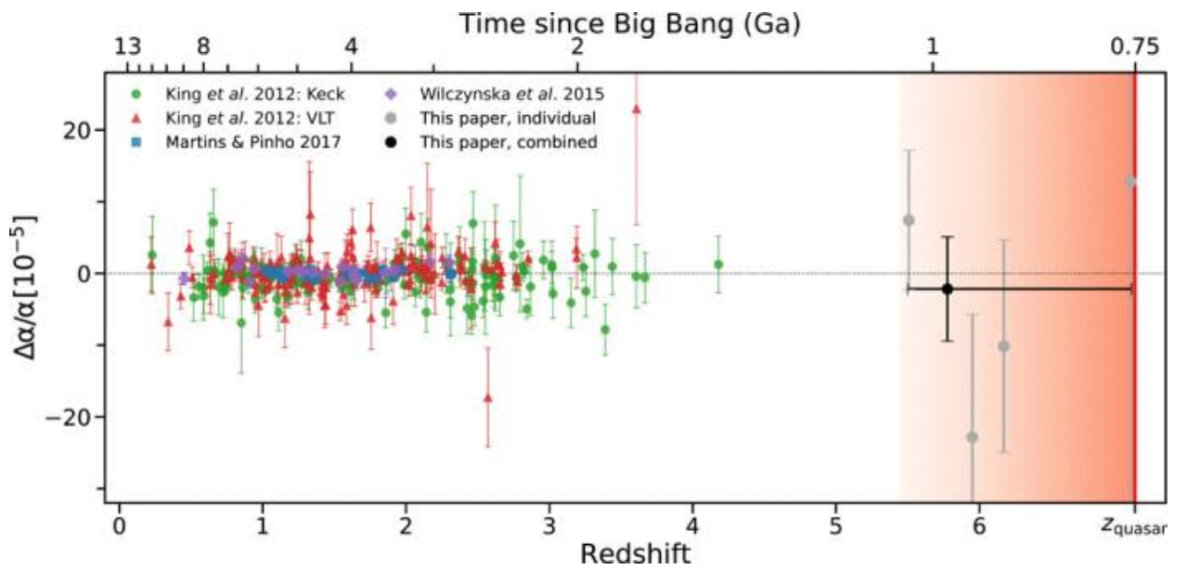
Why do this?
The number one goal of a scientist, even though we don’t normally think of science in this fashion, is to try to absolutely annihilate any idea about how the Universe works by throwing every imaginable test at it. All it takes is one irrevocable failure, and the theory will crumble: falling to pieces. It’s only the strongest, sturdiest theories that can hold up to every test that we can conceive of that stand the test of time.
- Newtonian gravity predicted everything we were capable of observing until we had centuries of precise data, showing Mercury’s orbit deviated from Newton’s predictions by just 43 arc-seconds per century.
- Einstein’s general relativity continues to successfully predict the behavior of every object within spacetime: our longest-standing fundamental theory at this time.
- The Standard Model, completed either in the 1960s or 1970s (dependent on whether you consider electroweak theory or quantum chromodynamics the “completion” moment) has been tested more thoroughly than any theory ever, and no experiment has ever contradicted its predictions.
But the theoretical journals burgeon with papers that talk about alternatives to, modifications to, or extensions of general relativity and/or the Standard Model. It may seem puzzling to an outsider; if science is our best model of reality, why would we spend time (or, in the eyes of many, waste time) investigating ideas that are clearly wrong, and that clearly can’t even replicate the successes we already know the current theories can successfully explain?

It’s because, long-term, we want our theoretical understanding of the Universe to advance beyond our current models and frameworks. Cosmological inflation — one of my favorite examples — began as an idea that yes, could explain several important puzzles that the Big Bang, without inflation, could not, but it could not even reproduce a Universe that was homogeneous and isotropic: the same, on large scales, in all locations and directions. We had known our Universe was homogeneous and isotropic for decades before the idea of inflation was first put forth, and the first model, now known as old inflation, failed spectacularly in this regard.
But inflation was a brilliant idea with a lot of potential, and it required years of theory development by many of the most gifted and most educated minds in the field at that time before it could clear all three of the necessary hurdles to becoming a serious, fully fledged theory. Most theorists who work on “alternative cosmologies” or “alternative physics ideas” today are working in relative isolation and obscurity, and we are well aware that our current picture of the Universe is unlikely to be the ultimate, final answer given how many things we still don’t fully understand. We want these ideas to be pitched and developed, and so even the best journals out there contain a substantial number of papers devoted to ideas that we know do not describe the Universe we live in.

But that’s not what the authors are saying
Of course it’s not. People who work in science have to be very passionate about their own ideas, and that means they have to, at some level, believe deep down that the work they are doing and the path they are exploring must be of some inherent value. Nobody wants to say, “I am working on something that I already know is wrong,” and honestly, nobody wants to work on something they don’t believe in. So they already have to think that their current line of exploration is eventually going to lead somewhere important. If they see that some aspect of an idea they’re working on looks promising, they get very excited, and choose to not only work on it more fervently, but they try to get others excited as well.
Richard Feynman, once again, warned us about how easy it is to get overly excited about something that appears promising:
“…this long history of learning how to not fool ourselves — of having utter scientific integrity — is, I’m sorry to say, something that we haven’t specifically included in any particular course that I know of. We just hope you’ve caught on by osmosis. The first principle is that you must not fool yourself — and you are the easiest person to fool. So you have to be very careful about that. After you’ve not fooled yourself, it’s easy not to fool other scientists. You just have to be honest in a conventional way after that.”
If you press most scientists working on alternative ideas to the current consensus, as I did in an interview with Lee Smolin back in 2021, they will admit [as he did, to his credit] that “it’s a fake,” but with the caveat that it’s a working fake, because they’re trying to accomplish something that’s never been done before, and to get you excited about it.
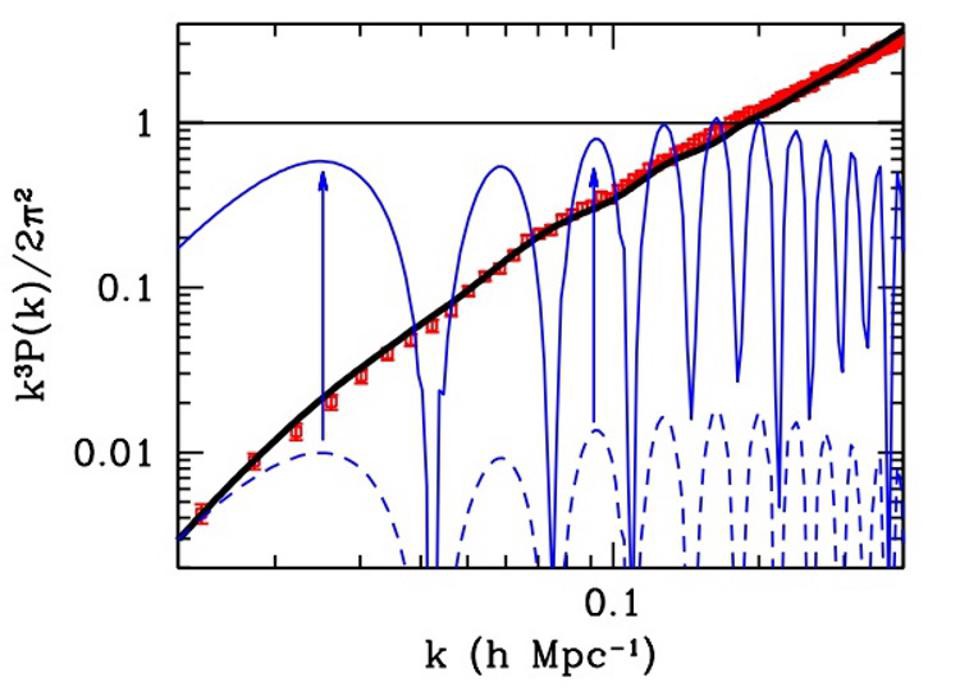
So why am I reading headlines that dark matter doesn’t exist, the Big Bang never happened, the Universe isn’t expanding, or the Universe is twice as old as we think?
Because three things have come together that make those headlines possible, widespread, and viral.
- A scientist, somewhere, in some journal, did successfully publish a paper, usually (but not always) in a peer-reviewed journal, where they did explore some aspect of an alternative theory.
- Then, a public or media relations person, usually someone associated with the host university, college, or institute that the scientist is a member of, writes a press release (for the current example, see here) that tries their best to promote this research to as wide of an audience as possible.
- And then, as the final step, a large series of websites (e.g., scitechdaily, eurekalert, phys.org, etc.) will simply republish that press release as news, which then other outlets will pick up on and write their own versions of, rarely fact-checking with other scientists or finding the appropriate context for the new research, and instead just repeating or even amplifying the sensational claims that were made in the paper and exaggerated in the press release.
This is, for better or worse, the Standard Model for how science journalism operates in our world today, putting a colossal burden on the consumer of science news for which they are ill-equipped. In 2023, for example, when I collected the top 10 overhyped claims from physics and astronomy that I myself wrote long, detailed, informative debunking pieces about, I realized that I had about 17 pieces I had written to that effect to choose from, and that for every piece I chose to write about, there were many other claims that I simply didn’t have the resources to correct.
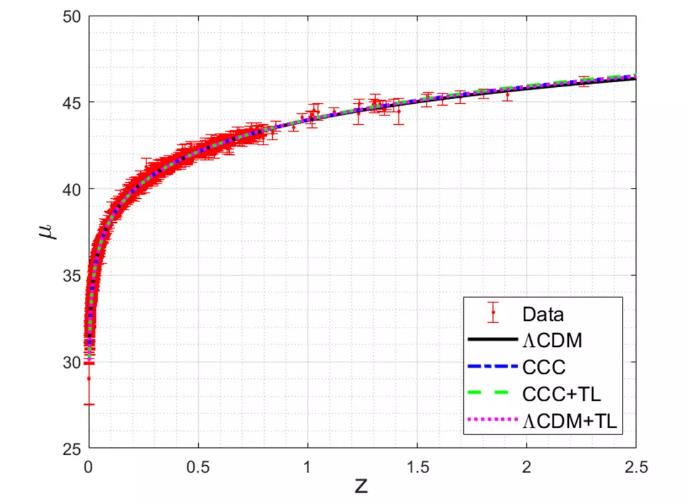
So what is actually true?
It’s true that if you restrict yourself to one singular aspect of the Universe, such as “what happens if I plot a graph of object distance versus redshift” or “what do I see if I look at the rotation curves of galaxies” or “what conclusions can I draw if I look at the temperature fluctuations in the cosmic microwave background” or some other relation, in isolation, you can find many plausible interpretations of that one aspect of the data. There are many varied cosmologies — not just the consensus cosmological picture but wild alternatives — that can reproduce any one of these observations, or sometimes even two or three such observations all at once.
But they normally fail for some other spectacular reason. You can modify gravity to reproduce rotating galaxies, for example, but you can’t explain the large-scale structure of the Universe and the fluctuations in the cosmic microwave background without either an additional modification to mimic dark matter or by adding some type of dark matter as well. You can explain the fluctuations in the cosmic microwave background with a large amount of spatial curvature with very different ratios of dark matter and dark energy to the consensus model, but only if you include an unrealistic value for the Universe’s current expansion rate. And you can reproduce the redshift-distance diagram with a much older Universe that has the fundamental constants all vary together, but only if you ignore a whole suite of observations that have been made in laboratories here on Earth.
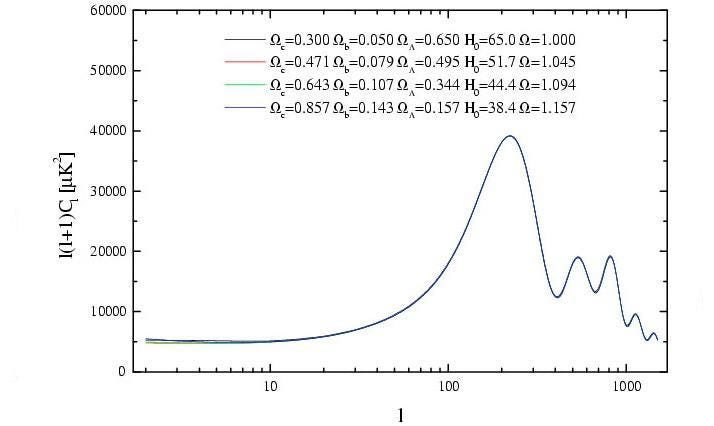
The key to a successful scientific theory is to hit upon a theory that can account for what we refer to as the full suite of relevant observations, not just a few cherry-picked examples. If even one set of observations or experiments conflicts with what the theory predicts, the theory is false. It’s why, when Einstein was informed about the 1931 publication of the book 100 Authors against Einstein that claimed to disprove general relativity, Einstein simply responded to the collection of anti-relativity essays with a simple quip:
“To defeat relativity one did not need the word of 100 scientists, just one fact.”
In other words, just one example of how the theory fails when compared to reality is sufficient to show that the theory, in fact, does not adequately describe reality. The consensus models that we have — the Standard Model of particle physics and the Standard Model of cosmology among them — only thrive as the consensus model because of how compatible they are with explaining the full suite of observations. The alternatives that you see, practically every one of them, is merely an example of a theorist (or set of theorists) playing in the proverbial sandbox, working with a toy model of reality to try to develop a theory in its infancy. We do this because we recognize the importance of being open-minded and exploring everything we can, but we must always come back to reality and its cold, hard constraints. Whenever we fail to do that, we abandon science for our own wishful thinking: a dead-end in every one of its manifestations.
Send in your Ask Ethan questions to startswithabang at gmail dot com!
